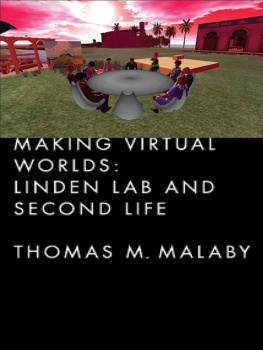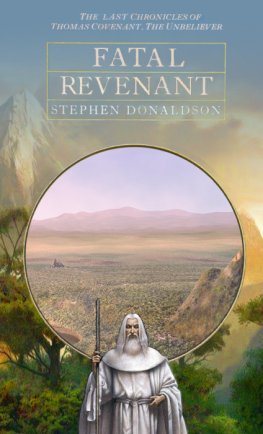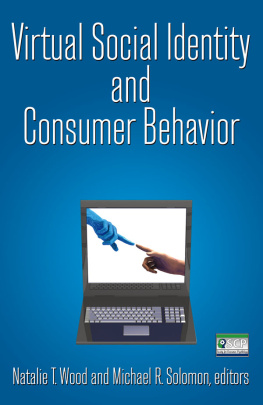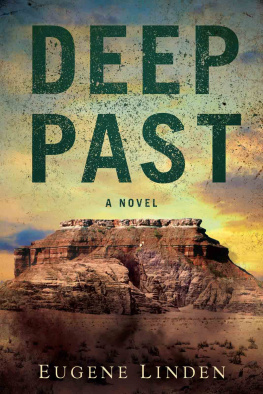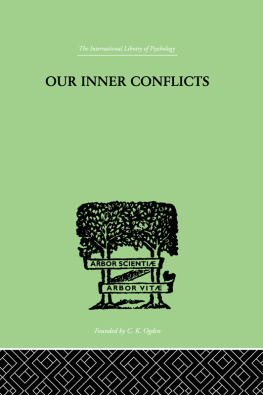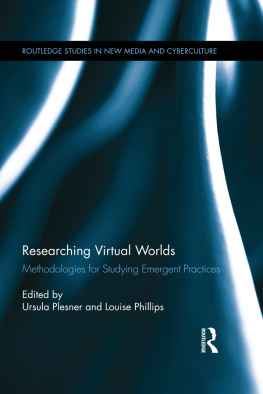Thomas Malaby - Making Virtual Worlds. Linden Lab and Second Life
Here you can read online Thomas Malaby - Making Virtual Worlds. Linden Lab and Second Life full text of the book (entire story) in english for free. Download pdf and epub, get meaning, cover and reviews about this ebook. City: Ithaca, year: 2009, publisher: Cornell University Press, genre: Science. Description of the work, (preface) as well as reviews are available. Best literature library LitArk.com created for fans of good reading and offers a wide selection of genres:
Romance novel
Science fiction
Adventure
Detective
Science
History
Home and family
Prose
Art
Politics
Computer
Non-fiction
Religion
Business
Children
Humor
Choose a favorite category and find really read worthwhile books. Enjoy immersion in the world of imagination, feel the emotions of the characters or learn something new for yourself, make an fascinating discovery.
- Book:Making Virtual Worlds. Linden Lab and Second Life
- Author:
- Publisher:Cornell University Press
- Genre:
- Year:2009
- City:Ithaca
- Rating:3 / 5
- Favourites:Add to favourites
- Your mark:
- 60
- 1
- 2
- 3
- 4
- 5
Making Virtual Worlds. Linden Lab and Second Life: summary, description and annotation
We offer to read an annotation, description, summary or preface (depends on what the author of the book "Making Virtual Worlds. Linden Lab and Second Life" wrote himself). If you haven't found the necessary information about the book — write in the comments, we will try to find it.
Making Virtual Worlds. Linden Lab and Second Life — read online for free the complete book (whole text) full work
Below is the text of the book, divided by pages. System saving the place of the last page read, allows you to conveniently read the book "Making Virtual Worlds. Linden Lab and Second Life" online for free, without having to search again every time where you left off. Put a bookmark, and you can go to the page where you finished reading at any time.
Font size:
Interval:
Bookmark:

Copyright 2009 by Cornell University
All rights reserved. Except for brief quotations in a review, this book, or parts thereof, must not be reproduced in any form without permission in writing from the publisher. For information, address Cornell University Press, Sage House, 512 East State Street, Ithaca, New York 14850.
First published 2009 by Cornell University Press
Printed in the United States of America
Book design by Scott Levine
Library of Congress Cataloging-in-Publication Data
Malaby, Thomas M., 1967
Making virtual worlds : Linden Lab and Second Life / Thomas M. Malaby.
p. cm.
Includes bibliographical references and index.
ISBN 978-0-8014-4746-4 (cloth : alk. paper)
1. Second Life (Game)Social aspects. 2. Linden Lab (Firm). 3. Shared virtual environmentsCase studies. 4. Computer gamesDesignSocial aspectsCase studies. 5. Business anthropologyCaliforniaSan FranciscoCase studies. 6. Corporate cultureCaliforniaSan FranciscoCase studies. I. Title.
GV1469.25.S425M35 2009
794.8dc22 2008052550
Cornell University Press strives to use environmentally responsible suppliers and materials to the fullest extent possible in the publishing of its books. Such materials include vegetable-based, low-VOC inks and acid-free papers that are recycled, totally chlorine-free, or partly composed of nonwood fibers. For further information, visit our website at www.cornellpress.cornell.edu.
Cloth printing 10 9 8 7 6 5 4 3 2 1
Second Life is a trademark of Linden Research, Inc. Certain materials have been reproduced under license from Linden Research, Inc. Copyright 20012008 Linden Research, Inc. All rights reserved.
FOR SAMUEL AND JULIAN
In the course of this project I have relied on the good graces, brilliance, and support of many people. First, I want to express my appreciation to Linden Lab, for being willing to let an anthropologist cross into their domain of synthesis and world creation. In an industry only just now learning what it can learn from researchers, Linden Lab has been a pioneer. Philip Rosedale, Robin Harper, and Cory Ondrejka deserve special thanks for being open to the continued presence of the anthropologist who dropped into their midst. To the many Lindens who sacrificed their precious coffee time to help me understand how they worked and saw the world, I extend my deepest appreciation and thanks.
The research upon which this work is based was conducted with the vital support of the National Science Foundation, through its subprogram on Ethics and Values Studies in the Science and Society Program (grant #0423043), and by a fellowship from the Center for 21st Century Studies at the University of WisconsinMilwaukee. A fellowship at the University of WisconsinMadisons Institute for Research in the Humanities provided support during the writing of the book, and the community of scholars there were a regular source of stimulating conversation for the project.
Portions of chapter 1, before extensive modifications, appeared in two articles of mine: Malaby 2006a and Malaby 2007b. I thank the publishers of those original articles for allowing me to extend and develop those texts and my ideas here.
I am deeply indebted to many colleagues and friends for their willingness to comment on this work in its prepublication form, including Julian Dibbell, Tim Burke, Gabriella Coleman, Alex Golub, Dan Hunter, F. Gregory Lastowka, Ren Reynolds, Kalman Applbaum, Ingrid Jordt, Paul Brodwin, Sandra Braman, Gordon Calleja, Bonnie Nardi, and Douglas Thomas. The community at the blog Terra Nova was also an invaluable source of thoughtful commentary on several early forays into this material. James Paul Gee, Kurt Squire, Constance Steinkuehler, and the graduate students of the Games, Learning, and Society Program at the University of WisconsinMadison were incredibly welcoming and gave important feedback following several presentations there of many of these ideas.
Peter Wissoker at Cornell University Press helped shepherd this book from its beginnings as a set of ideas to a manuscript; our extended chats about the book were critical to its rounding into form. Carolyn Pouncy whipped the text into shape with a steady hand, and Susan Specter deftly oversaw the transformation of text into tome. Many thanks to them all.
Throughout this project, I relied heavily on two exceptional havens from research and writing. The first was my adopted home in California during my research, and I will surely never repay the debt of hospitality that Andrew Guzman and Jeannie Sears extended to me time and time again. The second was, and is, my adopted home online, the community of researchers in World of Warcraft that has been a place where everyone knows not only my toon name but also their social theory.
Finally, I am ever grateful for the patience and understanding of my partner in all things, Cristina Hernandez-Malaby, as well as the sustaining presence of Julian and Samuel, gamers all.
A DEVELOPERS-EYE VIEW
I am standing in front of a whiteboardthe dry-erase boards seemingly ubiquitous in high tech company officeslooking at a drawing that offers a birds-eye view of Santorini on a letter-sized color printout taped to the board. At least I think this is Santorini, a picturesque Greek island formed from the remnants of a collapsed volcano. In the picture I can see its c-shaped landmass, its steeply rising elevation, indicated by a panoply of colors, all surrounded by a deep blue that also fills its bay, where a smaller island sits. A Cartesian grid divides up the image into neat squares, more than four hundred in all. I had done my first ethnographic field research in Greece, ten years prior, though I had never made it to Santorini (ethnographers feel a keen imperative to spend every possible moment at their field site; in my case that was Chania, Crete). Now it is February 2005, and I am in a dimly lit yet loftlike space in San Francisco, at the offices of Linden Lab, makers of the virtual world Second Life. The image, with its gods eye perspective and posted in this work setting, suggests strongly the practice of design, even creation in the large sense. This is a piece of a world that is also an object of work. But at the time my perspective gravitated toward the experiential: I was thinking that soon I will be able to walkand flyaround at least this homage to Santorini. Within a month, I had done so.
Virtual worlds require less of an introduction by the day, as they have risen dramatically to prominence in a number of quarters. Users can, furthermore, control how these creations are distributed to other users, including through market transactions in the in-world currency, Linden dollars (L$).
The land (like that shown on the image I pondered) is also a purchasable commodity in Second Life, and this combination seems to have contributed to the emergence of a remarkable economy, one that also supports buying and selling Linden dollars for U.S. dollars. In short, Second Life supports the production of various forms of capital (social, cultural and market), and this in turn has provided a framework for continuing innovations in Second Lifes use by individual and institutional participants, many of whom have begun not only to pursue market interests but also to explore the potential of Second Life for learning and therapy. The environment now provides a home for a wide range of nonvirtual institutions, from Harvard Law School and Reuters News Service, to U.S. presidential campaign offices, therapeutic communities, and financial establishments.
Font size:
Interval:
Bookmark:
Similar books «Making Virtual Worlds. Linden Lab and Second Life»
Look at similar books to Making Virtual Worlds. Linden Lab and Second Life. We have selected literature similar in name and meaning in the hope of providing readers with more options to find new, interesting, not yet read works.
Discussion, reviews of the book Making Virtual Worlds. Linden Lab and Second Life and just readers' own opinions. Leave your comments, write what you think about the work, its meaning or the main characters. Specify what exactly you liked and what you didn't like, and why you think so.

